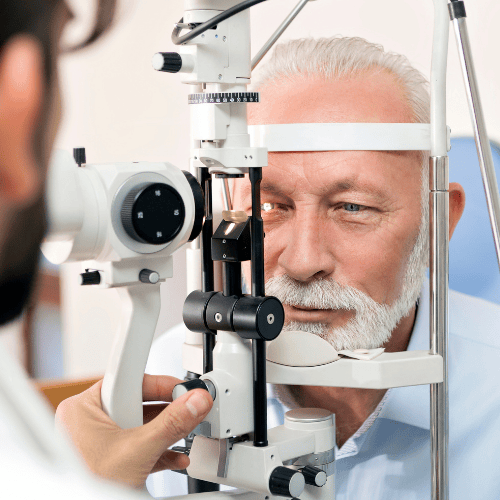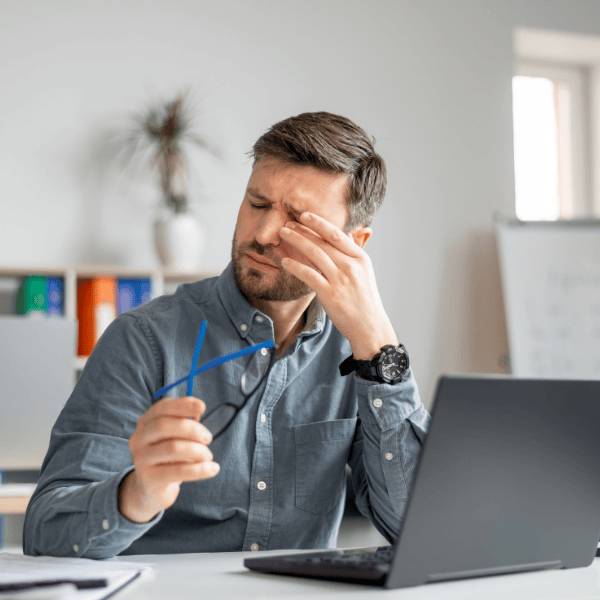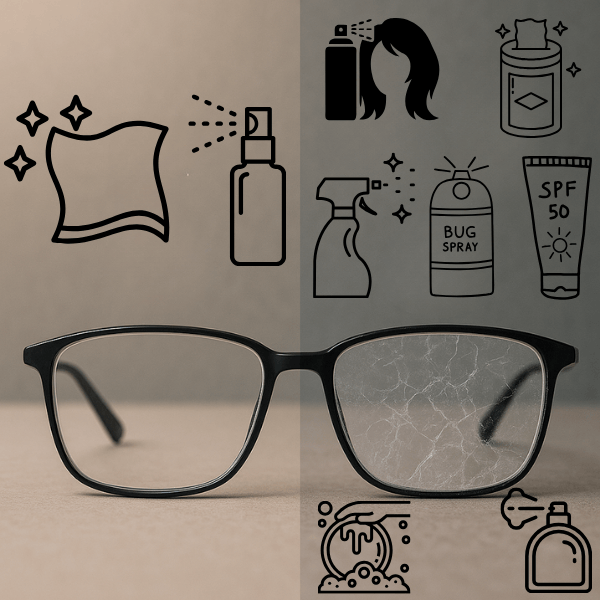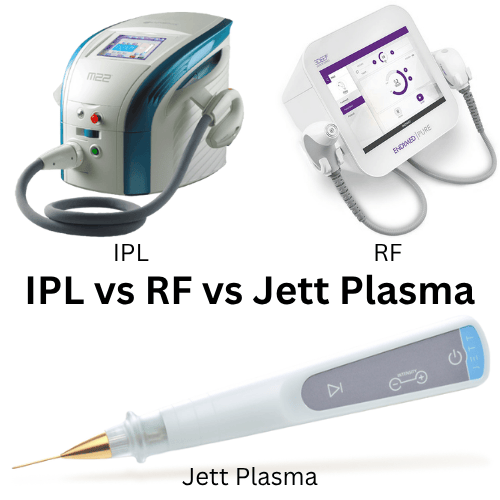DRY EYE DISEASE – WHY EYE DROPS DON’T ALWAYS WORK
Dry eye disease (DED) is a common condition affecting up to
30% of Canadians. It may cause redness, irritation, pain, and even vision loss in advanced cases. For many, the first line of defense against this discomfort is typically the use of over-the-counter eye drops. However, despite their availability and popularity, eye drops are often ineffective for managing dry eye symptoms. Here’s why.
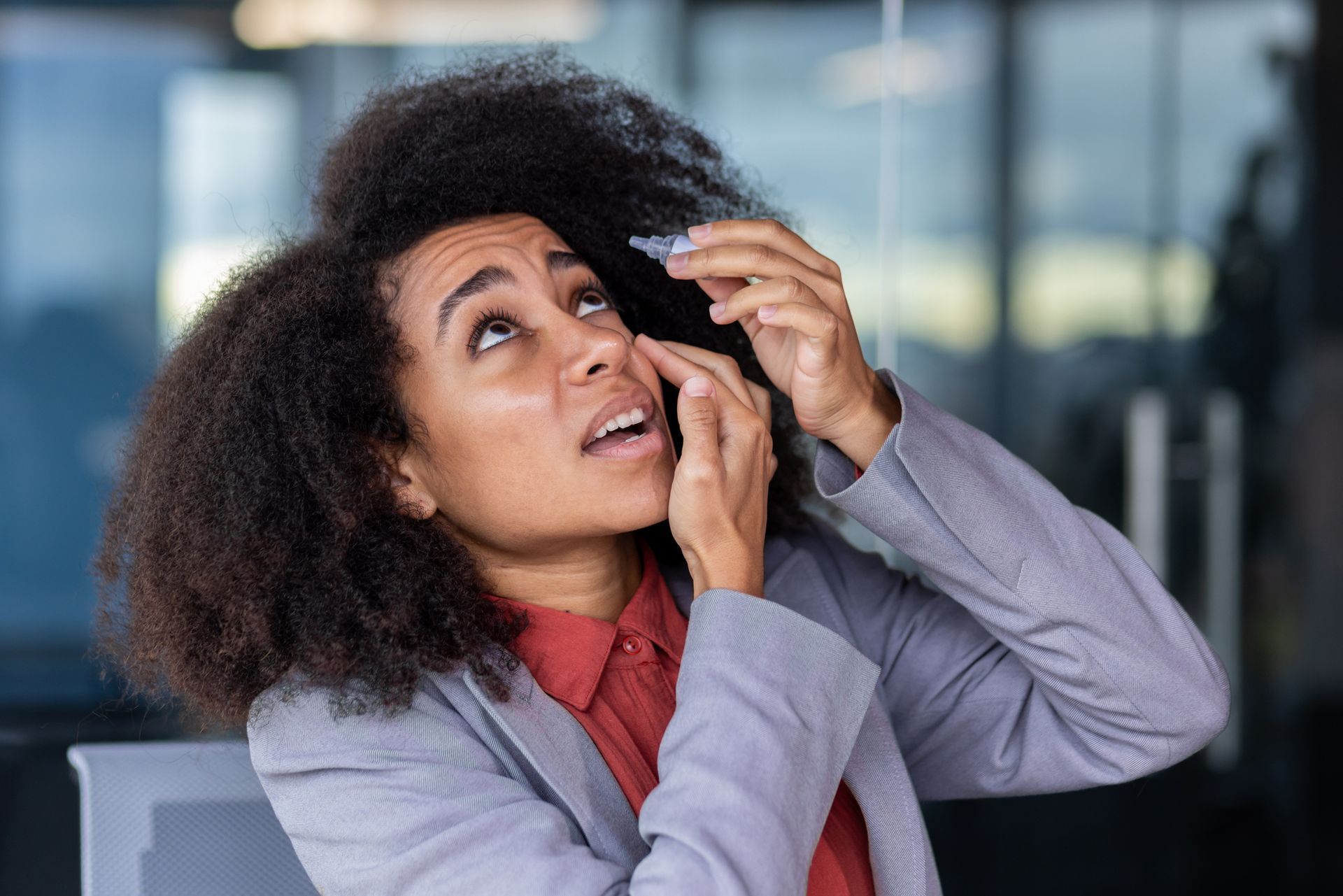
1. Temporary Relief vs. Long-Term Solutions
Most commercially available eye drops, particularly artificial tears, are designed to provide immediate but temporary relief. They can offer quick moisture to the eyes but do not address the underlying causes of dry eye disease. For chronic sufferers, relying solely on these drops can lead to a cycle of short-term comfort followed by recurring symptoms.
2. Insufficient Tear Quality or Quantity
Dry eye disease can stem from various factors, including decreased tear production, poor tear quality, or increased tear evaporation. While eye drops can supplement tear quantity temporarily, they do not improve tear quality. Patients with evaporative dry eye may find that standard eye drops evaporate quickly, leaving them feeling dry again shortly after application.
3. Underlying Health Conditions
Some individuals may have underlying health conditions or systemic issues that contribute to dry eye disease, such as autoimmune disorders (e.g., Sjögren's syndrome) or hormonal changes. In such cases, eye drops may provide limited benefits since they don't address the root causes of DED. Treating the underlying condition is often essential for long-term relief.
4. Inadequate Moisture Retention
Even the best artificial tears can struggle to maintain moisture on the eye's surface. Factors like climate, screen time, and certain lifestyles can exacerbate dry conditions. When the environment is too dry or windy, even frequent eye drops may not provide a sustainable solution.
5. Dependence and Tolerance
Some individuals may become dependent on eye drops, applying them frequently throughout the day. Overuse can lead to tolerance, where the eyes may become accustomed to the drops, diminishing their effectiveness over time. This reliance can create a frustrating cycle where individuals feel compelled to reach for eye drops without achieving lasting relief.
6. Potential for Irritation from Preservatives
Many eye drops contain preservatives to maintain their shelf life, but these substances can sometimes cause irritation or allergic reactions. This irritation can worsen dry eye symptoms, leading to a paradox where the solution becomes part of the problem.
Get the proper diagnosis
There are 9 types of Dry Eye disease and many contributing factors. It’s imperative that the right diagnosis is made before any treatments are initiated. Five of our optometrists at MVO have a special interest in Dry Eye disease and would be pleased to discuss any risk factors you may have at your next appointment.
Conclusion
While eye drops can play a role in managing dry eye disease, they are often not a comprehensive solution for many patients. Understanding the limitations of artificial tears is essential for effectively addressing the multifaceted nature of dry eye disease. Those suffering from chronic dry eye should consider a broader approach, consulting with eye care professionals with the skill and knowledge to explore a variety of treatment options tailored to their unique needs. With proper care and management, it is possible to find lasting relief and enjoy improved eye health, comfort, and vision.

